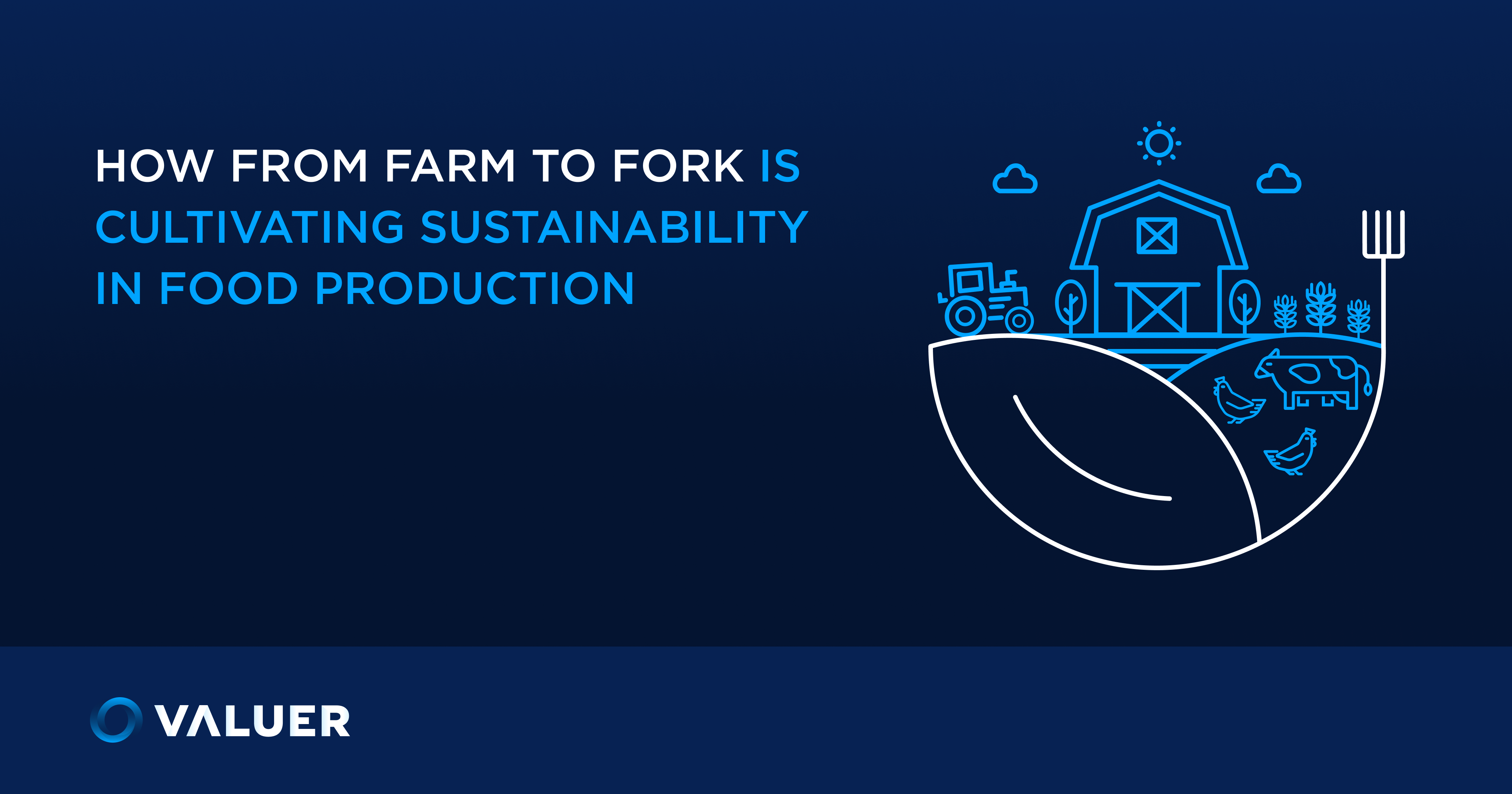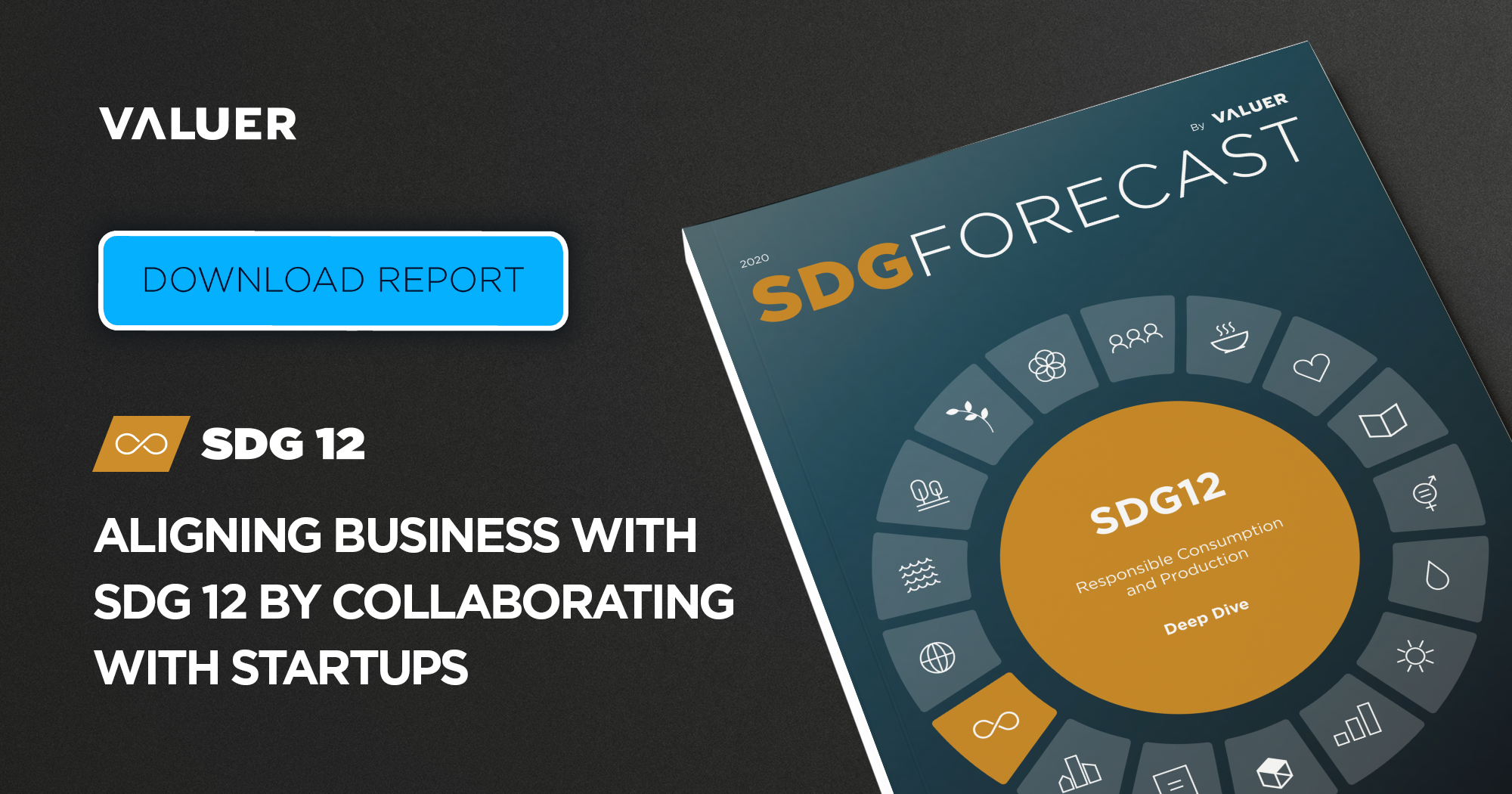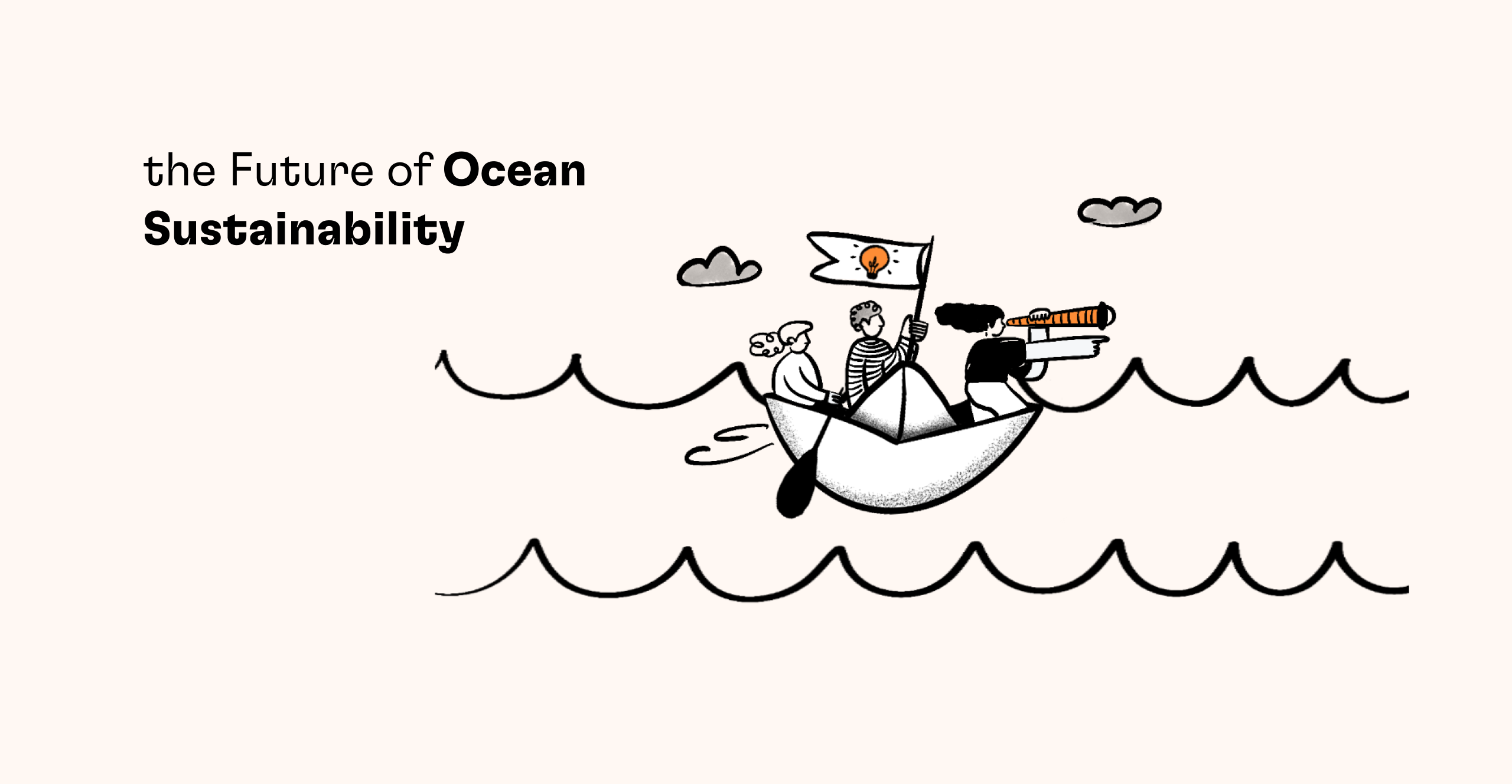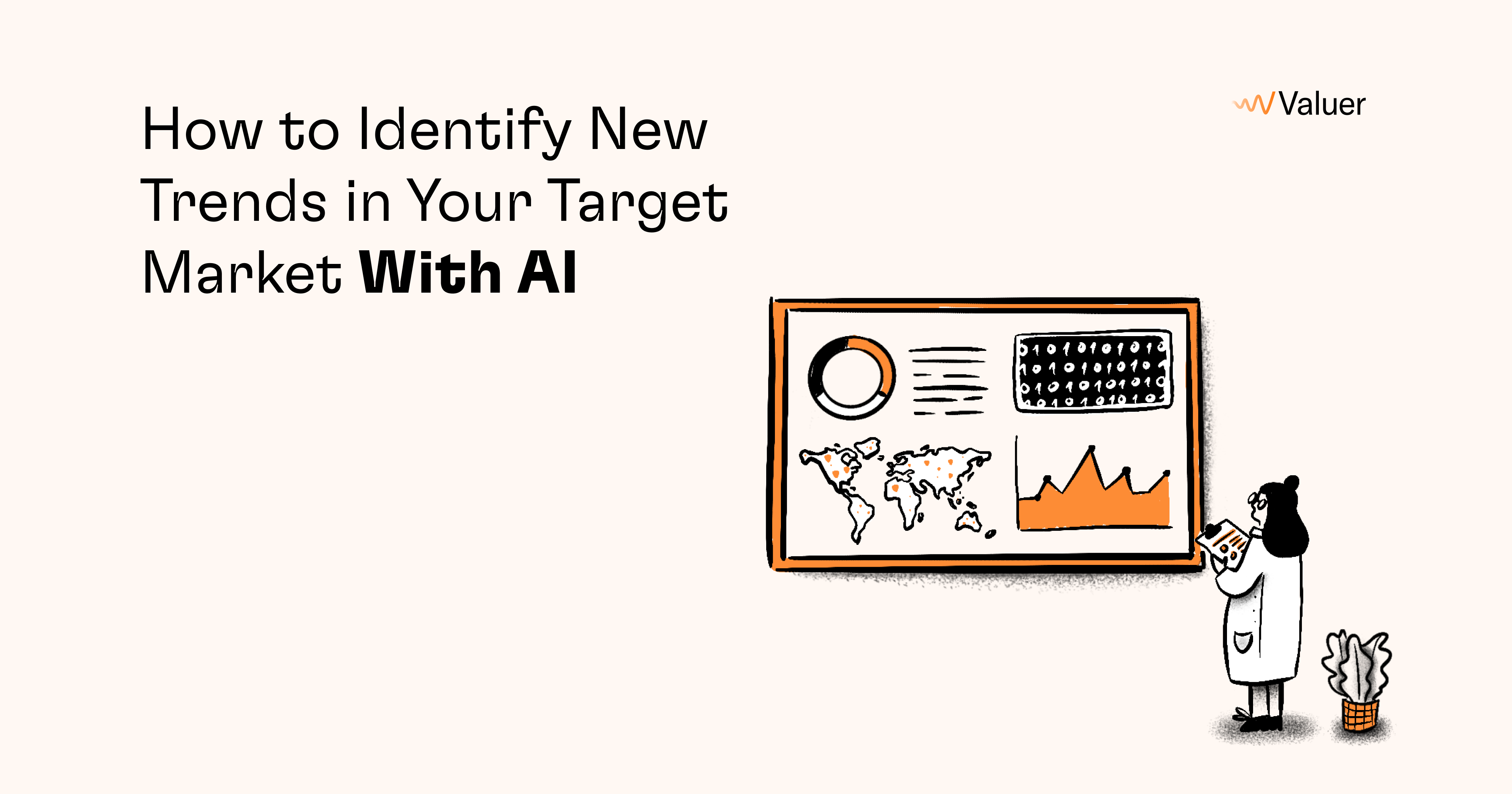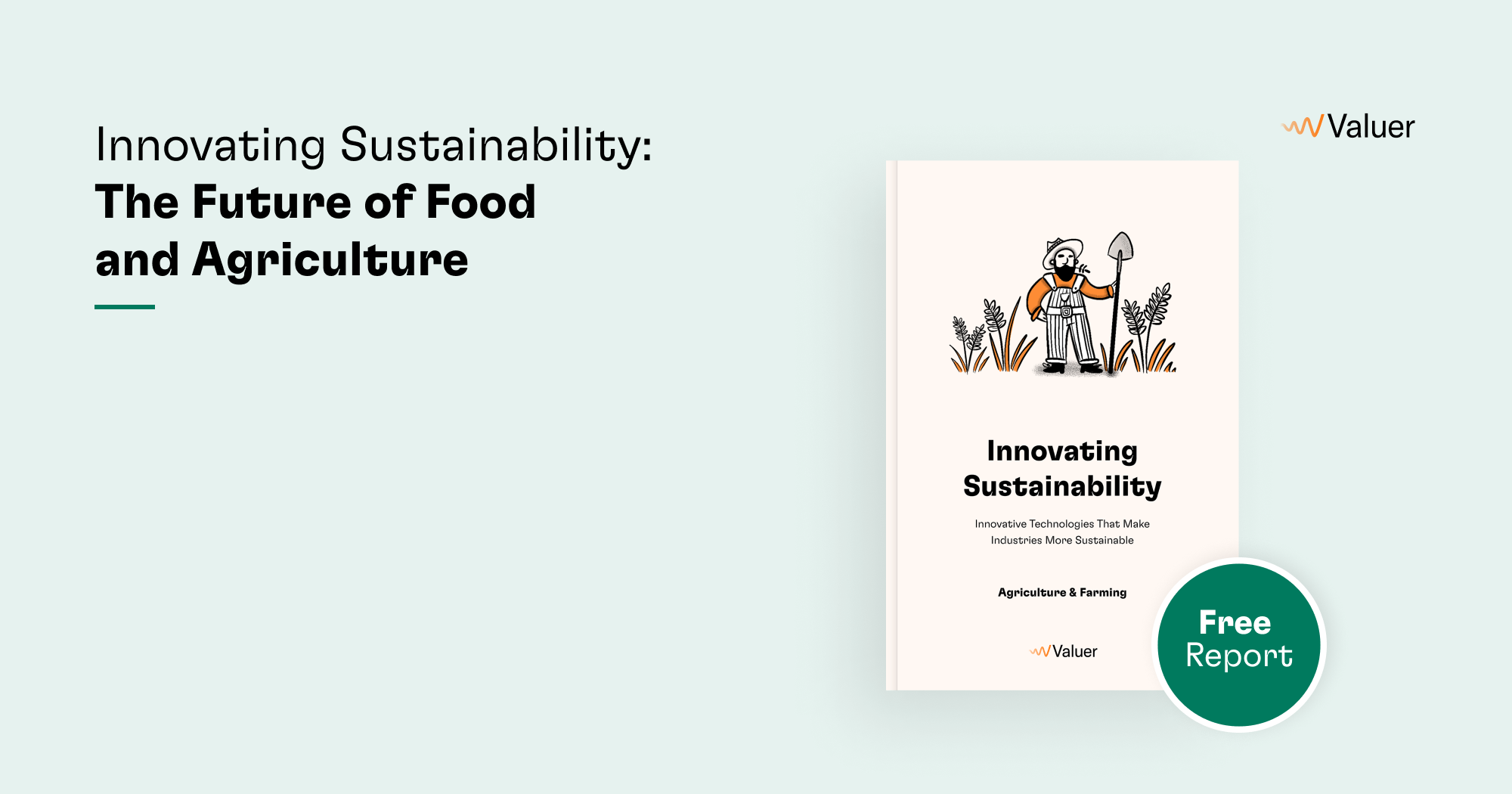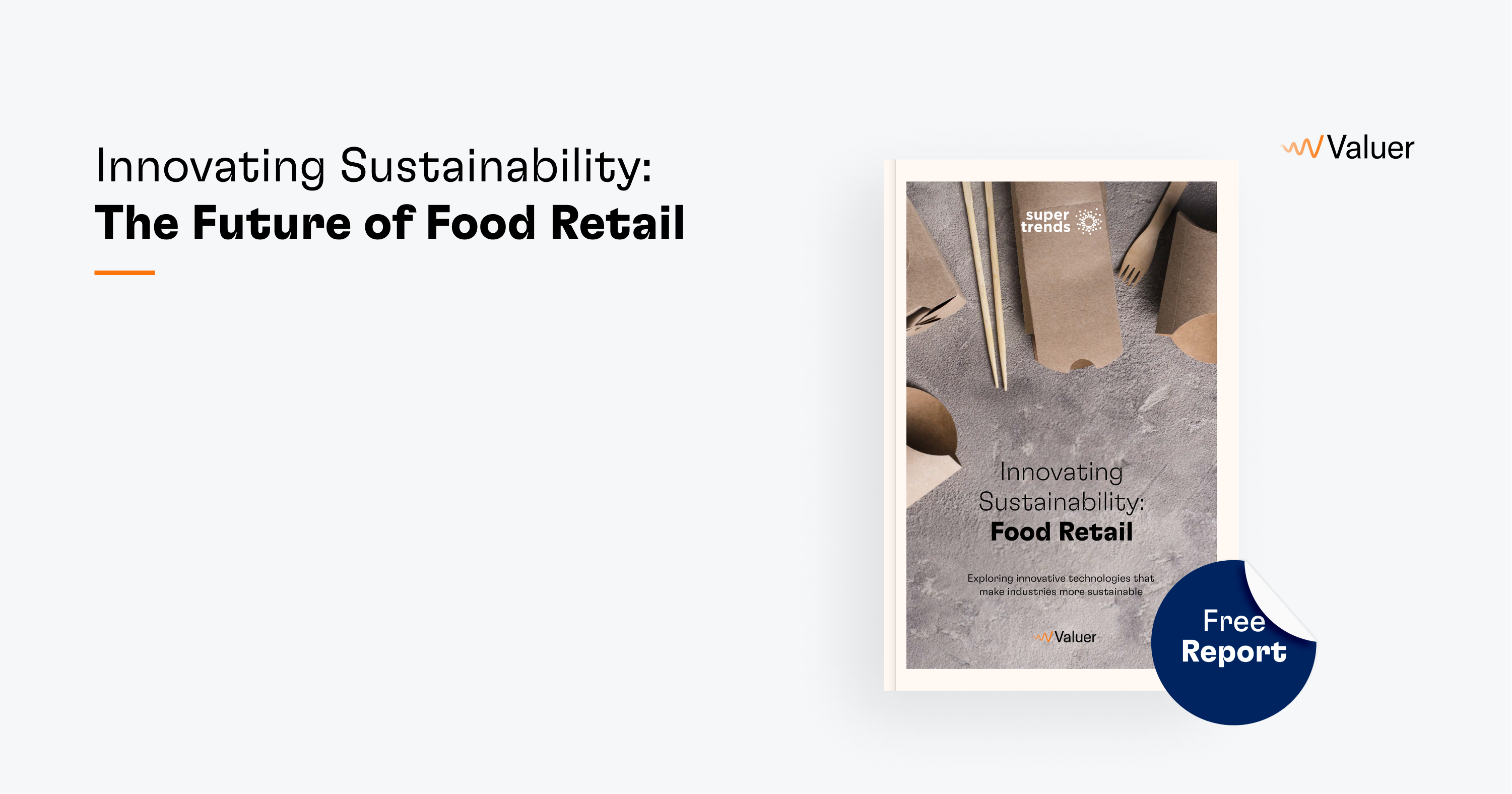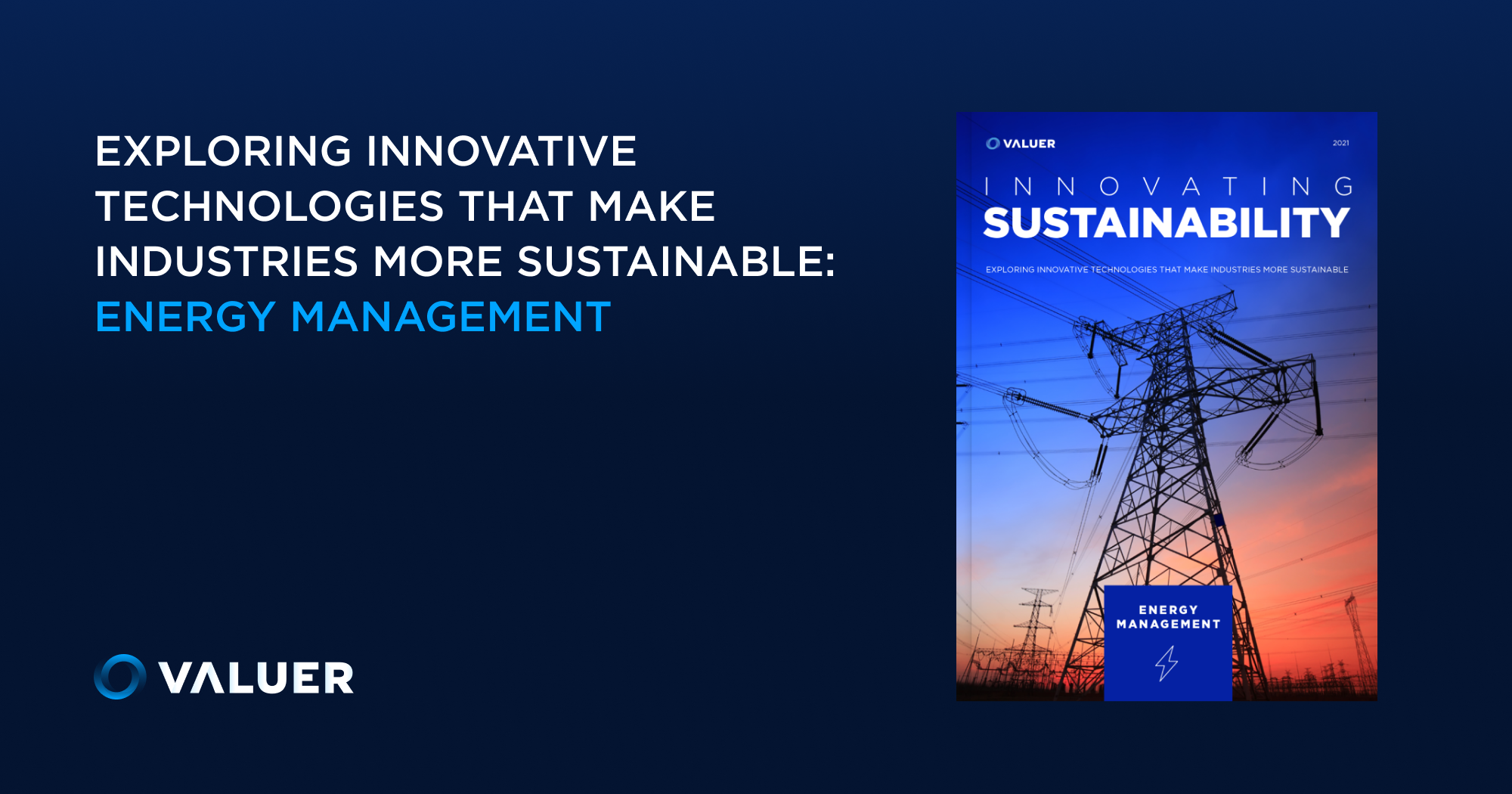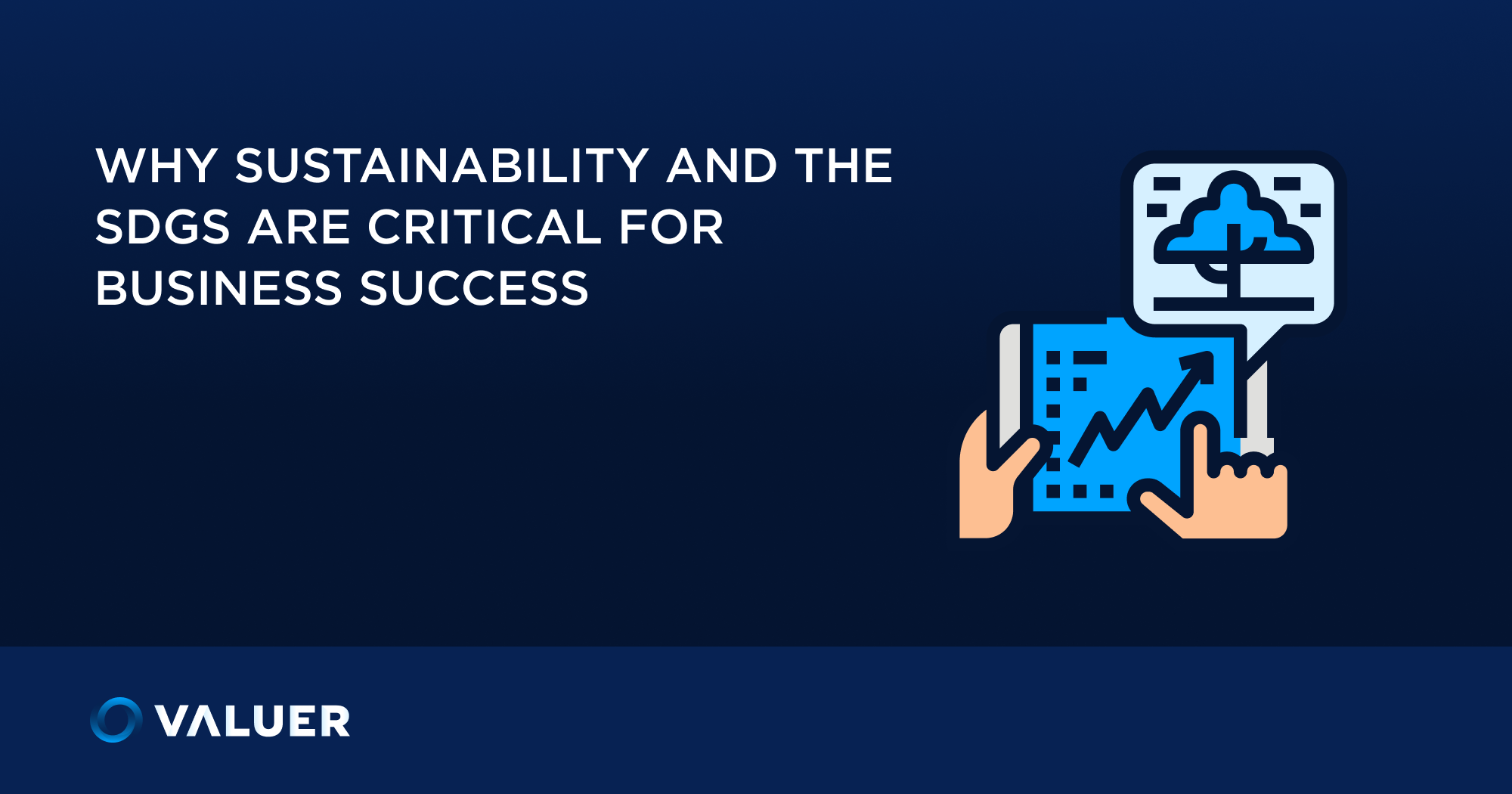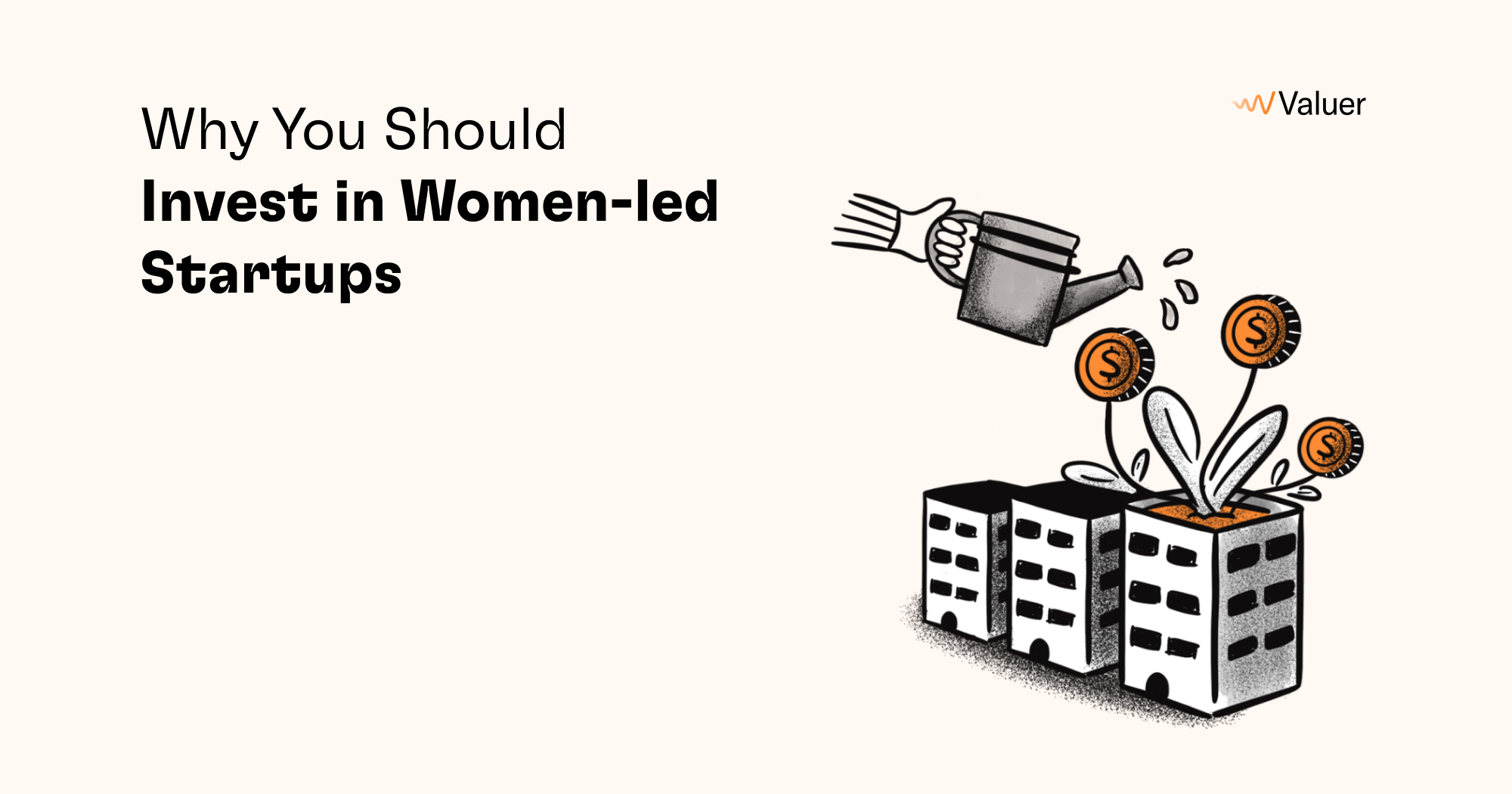*Updated October 2022
A UN estimate from their World Population Prospects report predicts that the global population will rise to nearly 10 billion people by 2050 and 10.9 billion in 2100. This is a clear indication that global food production will have to increase significantly.
However, the way food is produced and consumed today is already a contributor to global warming and other environmental problems, like deforestation and soil erosion. If we keep doing “business as usual,” what would that mean for our future? How can we produce food with more efficient techniques, and at the same time reverse this damage?Doubling food production using traditional agricultural methods means that even more harmful, toxic amounts of carbon and nitrogen would get released into the soil and into the atmosphere. What’s more, using the same methods for mass food production would lead to the extinction of more species, a higher carbon footprint, and even more polluted waters.
Another problem is the attitude that the “developed” world has towards food is marked by the waste of a significant amount of the food produced. In fact, half of all fruits and vegetables produced for consumption globally go to waste. And meanwhile, around 800 million people in the world are undernourished. So, the way we produce, the amounts we produce, and the attitude we have towards consumption are highly problematic.
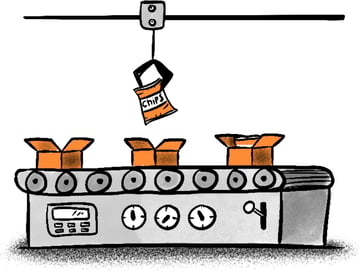
This sort of cavalier approach to food production, environmental devastation, species extinction, and starvation in poorer regions has really put a ticking clock on things. Clearly, we need a new attitude and approach to agriculture and food sourcing.
The truth is, we can’t really say what the future of food production will be, but we can talk about what it should be. And luckily, there are people working on making that desirable, imagined future a reality. It all starts and ends with regenerative agriculture.
The problems of traditional agriculture
Traditional agriculture shows a tendency of treating nature as the problem rather than the solution. In a sense, traditional agriculture methods subvert natural processes and microorganisms with the aim to increase food production.
Pesticides and herbicides kill off microbial life in the soil
One such example is the use of lab-created, chemical pesticides, and herbicides that are meant to kill off pests and unwanted plants, respectively, to ensure a higher crop yield. However, as we know all too well, those pesticides end up accumulating in our fatty tissues and contributing to the development of illnesses like cancer. Furthermore, pests develop a resistance to pesticides, which leads to mass food production companies creating even more toxic chemicals, wreaking havoc on the environment and our health.
Mass food production companies, GMOs, and the dangers to biodiversity
Another issue is mass food production companies like Monsanto/Bayer, who introduce GMO seeds that have no real benefits and in many cases have reduced nutritional value, while posing additional problems for the environment and other plant cultures. Plus, these sorts of companies introduce terminator seeds - infertile seeds, which, while the companies claim are meant to “increase crop yield,” actually end up giving them, the companies, control over the food chain, as farmers have to purchase seeds every year from them. In fact, these seeds reduce crop diversity and force GMOs and toxins into the earth.
Decimation of soil
But there’s another huge problem of traditional agriculture that has become increasingly talked about in recent years. The methods of this sort of agriculture result in soil erosion and the decimation of microbial life in the topsoil and subsoil. Both the use of pesticides and the pressing of the top layers of earth with the use of tractors kill microfauna and microflora that are absolutely essential to the health and sustainability of fertile soil. What’s more, while microbial life-rich soil sequesters carbon dioxide, the destruction of soil releases it.
Both the use of pesticides and the pressing of the top layers of earth with the use of tractors kill microfauna and microflora that are absolutely essential to the health and sustainability of fertile soil. What’s more, while microbial life-rich soil sequesters carbon dioxide, the destruction of soil releases it.
This microbial life, these ecosystems that thrive in the soil, are what makes the earth fertile. Once they’re killed off, farmers try to substitute their role with artificial fertilizers. Essentially, what we end up with is land that’s almost barren and has no naturally occurring organic matter of its own. Synthetic fertilizers will never be able to replace organic life or be sustainable.
Rather, they’ve put a shelf life on soil.
Tick-tock
Though there are various estimates, some bleaker than others, the conclusion is always the same: these types of practices will leave us with a limited number of harvests in the future. The looming problem of desertification is all too real - already 16% of conventionally managed soils have a lifespan of under 100 years. Can you imagine? Soil that’s existed for millennia has been made mortal by an oblivious - or uncaring - consumerist world.
But how has the soil existed for millennia? How come untouched, uncultivated nature has remained fertile and brought forth incredible biodiversity to the world, perfect ecosystems that have thrived for thousands of years? This is exactly where we need to look when we talk about the future of food production.
As Woody Harrelson frames it in Kiss the Ground:
“...the solution I’m talking about is right under our feet, and it’s as old as dirt.”
And this is exactly where we need to look when we talk about the future of food production.
The solution: regenerative agriculture
Regenerative agriculture is an umbrella term that encompasses various agricultural practices and food production methods that focus on rehabilitating the soil and conserving biodiversity. In a nutshell, regenerative agriculture in food production practices mimics nature. Practices such as permaculture and agroforestry are examples of regenerative agriculture practices that apply natural processes to grow food. These types of practices would be leaders in the regenerative and sustainable food production of the future.
The notion of it being “regenerative” is related to the goal to regenerate the topsoil that, as we discussed, suffers from conventional methods.

By regenerating the topsoil, increasing biodiversity, optimizing the water cycle, increasing green lands, and nurturing forests and permanent nature areas, regenerative agriculture aims to increase the soil’s resilience to climate change and further mitigate its side effects through biosequestration, among other things.
Biosequestration refers to reducing the amount of carbon dioxide through the simple and natural process of photosynthesis. Increasing green areas, nurturing strong healthy soil, and various regenerative food production practices would mean that there are more plants around to naturally absorb the carbon dioxide and use it as nourishment. Win-win, right? Healthy soil means healthy, resilient plants, which essentially means increased crop yields for a growing global population - but this time, done the right way.
As you can see, the right future for food production is tightly connected to the right future for our planet. Again, as Kiss the Ground narrator Woody Harrleson puts it, “it’s all about saving the soil in hopes that our soil just might save us.”
Regenerative and sustainable food production methods
Before we move on, we’d like to make a short note about the difference between sustainable and regenerative, although they’re sometimes used interchangeably. Sustainability implies maintaining what we have today, i.e. making sure that the present condition of the earth doesn’t get any worse. Regenerative principles, on the other hand, recognize that the earth has been degraded and degenerated, so the agricultural methods we use need to not only prevent it from getting worse but instead promote regeneration.
So, what are some sustainable and regenerative food production methods? What new technologies in agriculture could mitigate climate change, produce higher crop yields for a growing population, and improve the health of our entire ecosystem? Let’s take a look at a few existing yet increasingly popular practices and technologies in agriculture that will change the future of food production. Our list is far from exhaustive, but just enough to give you a taste of the sorts of technologies that offer clean food production methods.
Hydroponic Food Production
Too much water and too much land are wasted in mismanaged and indifferent conventional agricultural practices. Hydroponic farming is a sustainable food production method that optimizes the use of resources by growing plants directly in nutrient-filled water. This is a subset of indoor farming, also referred to as controlled environment agriculture (CEA).
Hydroponics sidesteps the challenges of farming in soil in several ways:
-Firstly, the plants are grown directly in a water solution that contains all the necessary nutrients, so no soil is needed.
-Water waste is fully minimized, as all water is cycled back into the plants.
-Rather than sunlight, the plants get their light for growth and photosynthesis from LED lights and outside weather conditions don’t prevent them from thriving.
-The water solution is contained in a growth medium, like a coconut husk, that protects the plant from unwanted pests and weeds without any use of synthetics. This increases the healthy crop yield and demands less labor.
-Lastly, hydroponic food production requires 90-99% less land use.
Keep in mind that hydroponics is a broader term that includes subcategories such as aeroponics and aquaponics. The latter combines aquaculture and hydroponics in a vertical setup to create a closed-loop ecosystem.
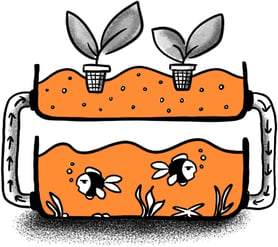
What we end up with is a sustainable food production method that sidesteps external factors such as unpredictable weather or climate change to increase crop yield in a safe and eco-friendly manner. The seedlings and plants in hydroponics systems are often stacked vertically rather than horizontally to optimize the use of space. This is often referred to as indoor vertical farming.
Aeroponics
A popular subtype or alternative to hydroponics is aeroponics. While the guiding principles are the same, the execution is slightly different: aeroponic systems don’t plant seedlings in water, they let the roots dangle in the air. The seed is planted in a special type of foam that receives light from one end, usually the top, and nutrient-rich mist from the other end, usually the bottom.
Unlike hydroponics, where the seedlings are placed inside the water, aeroponics feeds the roots with a nutrient-rich water solution by spraying the plants with the mist of this solution. There are a lot of advantages, on top of the ones we discussed with hydroponics, that make aeroponics a technology that must be way more widespread in the future. Here are some of them:
-The extra oxygen that the roots are exposed to makes them thrive and grow faster.
-Aeroponics is a water-efficient, closed-loop system. Similar to hydroponics, aeroponics optimizes water use by cycling and recycling water through the system. Plus, it requires 95% less water than plants in soil.
-The dangling roots reduce any mechanical resistance of the plant spreading, which means that the plant can grow and expand as it likes without being pressed for room.
With the growing population of urban areas, vertical farming techniques, such as aeroponic systems, could easily be introduced and become a part of the farm-to-table principle without contributing to the carbon footprint caused by food transportation.
New technologies in agriculture
Robots
Yes, robots. As we already mentioned, tractors press and compact the top layers of the earth, preventing oxygen from entering it and microbial life from thriving. Advances in robotics could mean small, lightweight, and mobile robots that would work the ground without crushing the soil. The TerraSentia, a robot that scans the crops and individual plants, is being used to monitor crops in order to maximize crop yields and optimize harvests.
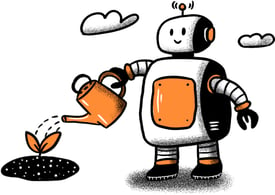
Smart technologies to optimize efficiency
Smart tech can help us optimize the usage of water, labor, and even organic fertilizers from compost or manure because, as Patricia Arquette puts in, “the poop has to stay in the loop.” Some more robots, apps like iCrop, and various sensors that are inserted into the earth to monitor moisture, nutrition, etc., and report back to our smartphones are a part of the future of food production. This is because, as we’ve already discussed, efficient use of resources is key to feeding the population in not just a sustainable, but also a regenerative manner.
Tech could also be used to repurpose food before it’s wasted. An interesting example here is the Too Good to Go app, which allows retailers to sell almost bad but still perfectly fine and edible food to customers for a lower price.
Regenerative agriculture is the future of food production
There is a lot more to say about the future of food production and where it might be headed in 2022 - we barely got to scratch the surface. But one thing’s for sure: sustainable technologies and solutions are an important and emerging trend that is opening the door not only to better environmental practices but also to new business opportunities and technologies.
According to the Agrifood Innovation System, which is supported by the European Institute of Innovation and Technology, regenerative agriculture is the principal way forward. And if mass food production companies want to remain relevant and be a part of the future, they will need to decarbonize their food production processes before all else. Regenerative food production solutions are a key trend for agriculture in the near future and further down the road.
.png?width=103&height=103&name=Untitled_Artwork%20725%20(2).png)


